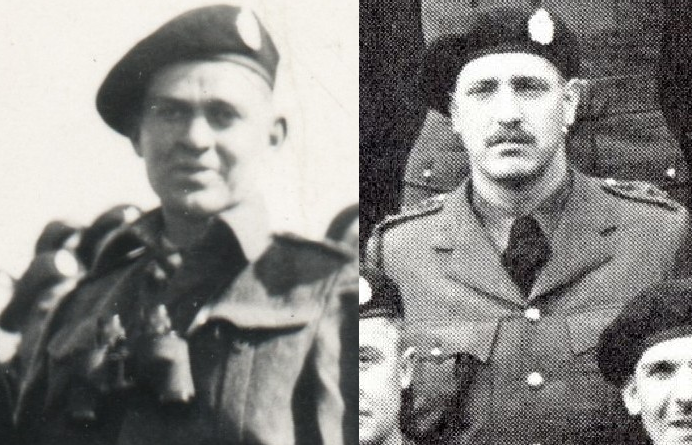September 15, 2019
Streets. They are what bind a city together — and the names they are given often make little sense a century later.
Virtually the entire city of Vancouver is named in a haphazard way, with city councils (and in Vancouver's very early days, a rail company) approving new names with no formal process.
But a systematic look at the names of Vancouver's streets has never happened, because nobody in their right mind would try and analyze every single street in this city...until now.
We took the City of Vancouver's open data set on public streets, eliminated duplicates and numbered avenues, leaving us with 651 unique street names.
We then researched the origins of all 651 of them, mostly through the 1999 book Street Names of Vancouver by Elizabeth Walker and the Vancouver Historical Society. After writing down key descriptors for each street, we then separated them into categories, using the category we thought most applicable. An interactive map with every category can be found here.
Why? Partly because there's interesting data to be found by examining streets from a city-wide perspective instead of simply looking at individual names. As well, the City of Vancouver now has a committee for naming streets, and questions around representation on city-owned assets arise more often.
And partly because it seemed like a fun project to embark on, and an interesting service to provide to the public.
With that out of the way, here are the origins all 651 streets in Vancouver.
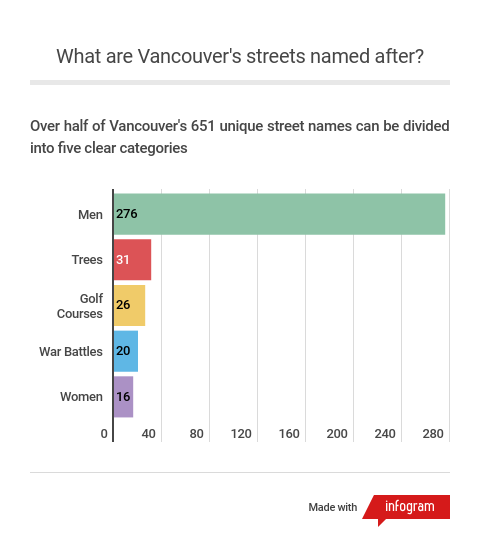
Unknown Origin: 62 streets
(Each section will be labelled by its street category, followed by a number indicating how many streets in Vancouver fall under that category).
While nearly 90 per cent of Vancouver's named streets have some sort of backstory written down, linked to a specific person, thing or event, there are 62 streets with no clear link to anything, from Adanac (literally just “Canada” spelled backwards) to Wehnonah.
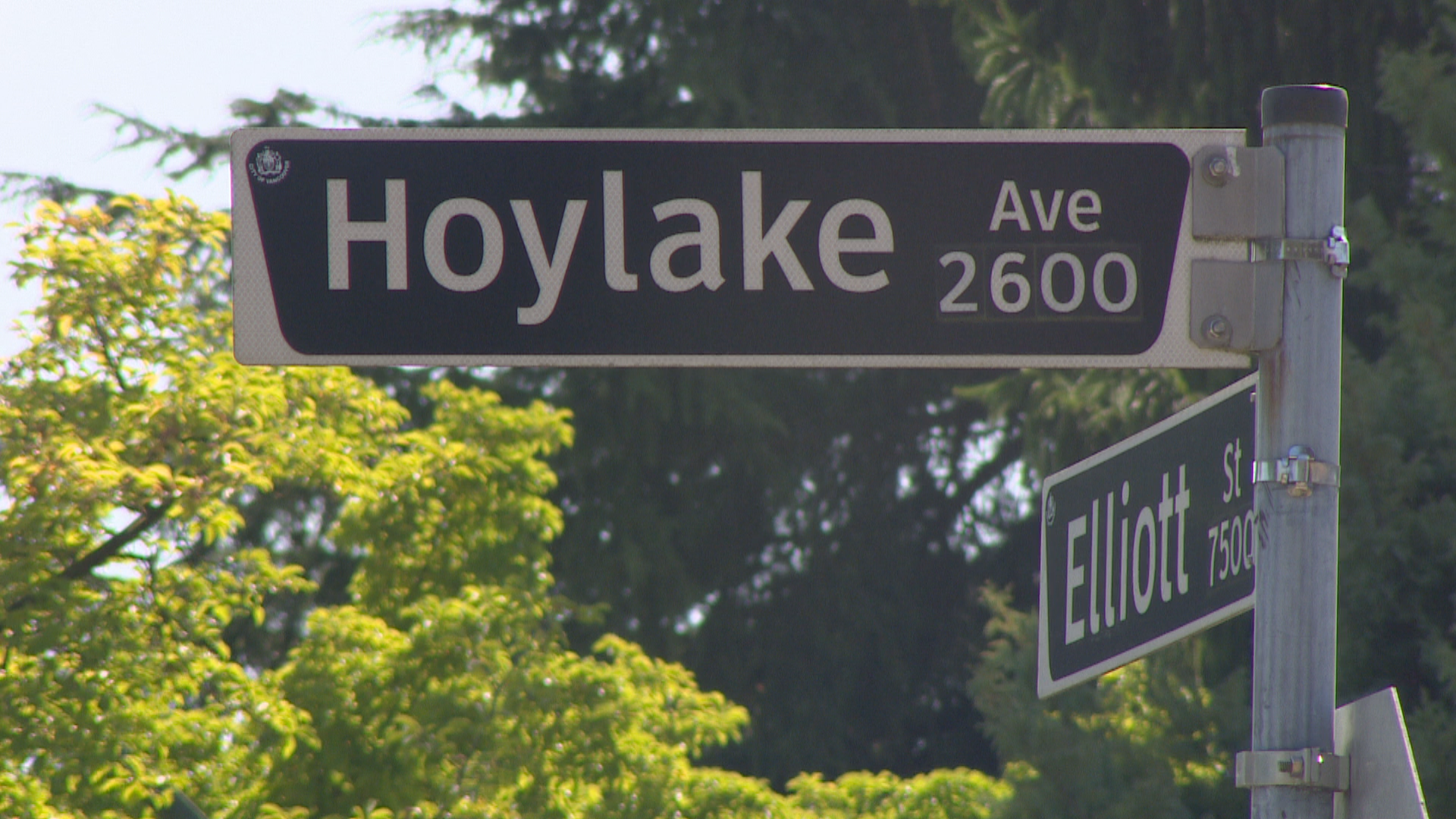
Golf Courses: 26
Vancouver loves naming streets for golf courses — especially if those courses aren't in Vancouver
Golf courses in Scotland (Muirfield Drive), and England (Hoylake Avenue) and several places, including three in the Toronto area, are honoured with street names in Vancouver, mostly around Fraserview Golf Course.
There are more streets in Vancouver named for golf courses (26) than there are for women (14) and people of colour (5) combined.
Musqueam Park subdivision: 10
And there could have been more: in the 1960s, the city wanted to name seven streets in the Musqueam Park subdivision after golfers. Those were eventually named for local Indigenous terms, along with three other streets in the subdivision, an area leased to the City of Vancouver and subject to multiple jurisdictional lawsuits over the years.
Geography: 56
Beach Avenue is named such because it’s next to the Beach, Boundary Road because it’s the boundary between Vancouver and Burnaby, Main Street because … you get the picture.
While most geography-based streets are fairly reductive, there is one called Little Street that is one block long.
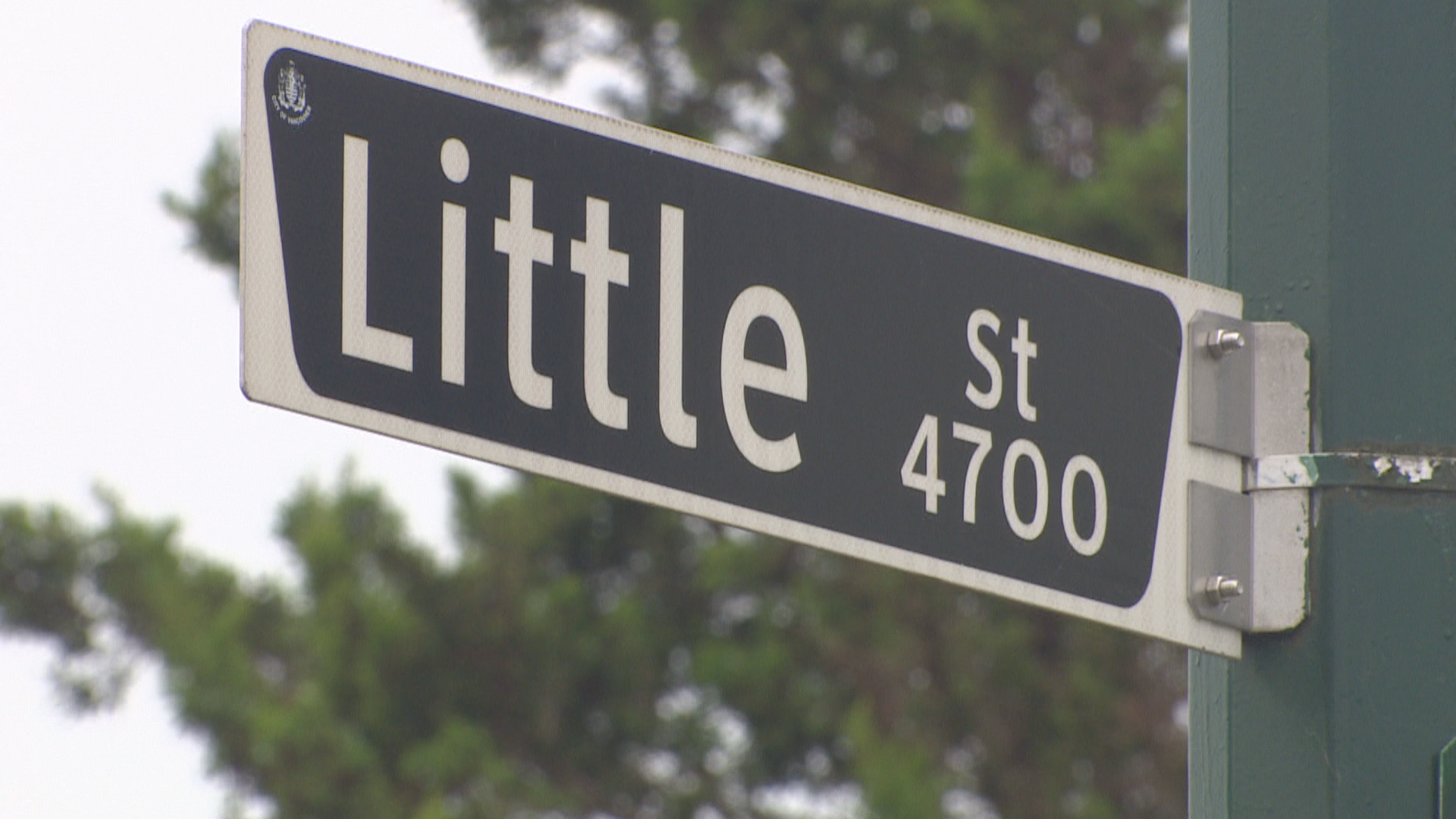
Explorers: 31
They came, they saw, they...well, it’s complicated, but what isn’t complicated is that we have plenty of streets named for explorers: 15 from Britain, eight from Spain, seven from France, and one from Danish explorer Vitus Bering.
Royalty: 20
Some of these streets honour the monarchy — including ones for Queen Victoria, the family name of Queen Victoria (Guelph Street), and the consort of Queen Victoria (Prince Albert) — while others are generic titles for the British royalty, including Duchess and Duke streets, and Kings and Queens avenues.
Other Dead Europeans: 28
But wait, we’re not close to being done with names from a different continent.
Vancouver also has 24 more streets named for people from the United Kingdom (including six early Governor-Generals of Canada, Prime Ministers like Gladstone, and poets like Coleridge), two European statesmen (José Moñino, 1st Count of Floridablanca, and Prince Rupert of the Rhine), and two Greek mathematicians (Euclid and Archimedes).
Among them are two separate streets (Cecil street and Rhodes street) named for a British colonialist, Cecil Rhodes, whose name was recently removed from a local school.
But we’re not done with Europeans quite yet.
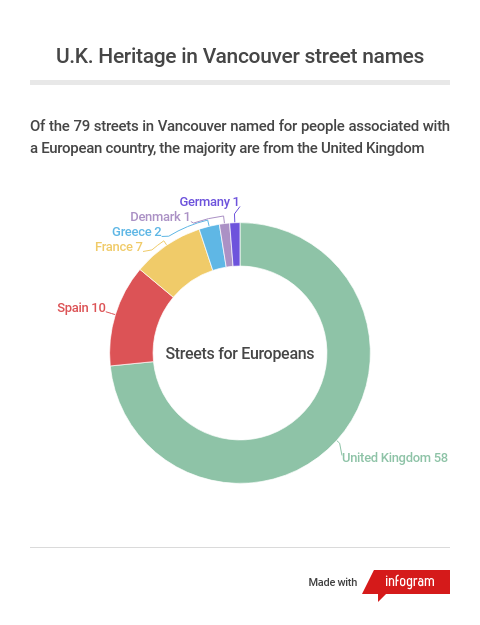
George Vancouver Connection: 12
Because we then have streets named for people because of their connection to George Vancouver, whether for his shipmates (Broughton Street), his friends (Point Grey Road), or other explorers he met (Quadra Street).
Places in the U.K.: 25
In fact, when you add it all up, over 10 per cent of Vancouver streets are named for British people, places, or royals.
Universities: 6
And of the six streets in the far northeast of the city named for universities, four are also in England (Yale and McGill streets being the two outliers).
War Battles: 20
And finally, Vancouver has 20 streets named for battles that happened in Europe.
Some of them have a direct connection to Canada (Dieppe Place, Normandy Drive, Vimy Crescent), but there are also two from the Crimean War (Alma and Balaclava), two from the Napoleonic Wars (Waterloo and Trafalgar), and one from the War of Spanish Succession (Blenheim), all of which were named at the same time in 1907, at the suggestion of a woman named Miss Dora Bulwer.
We’re covered over 45 per cent of Vancouver’s unique names now, by the way.
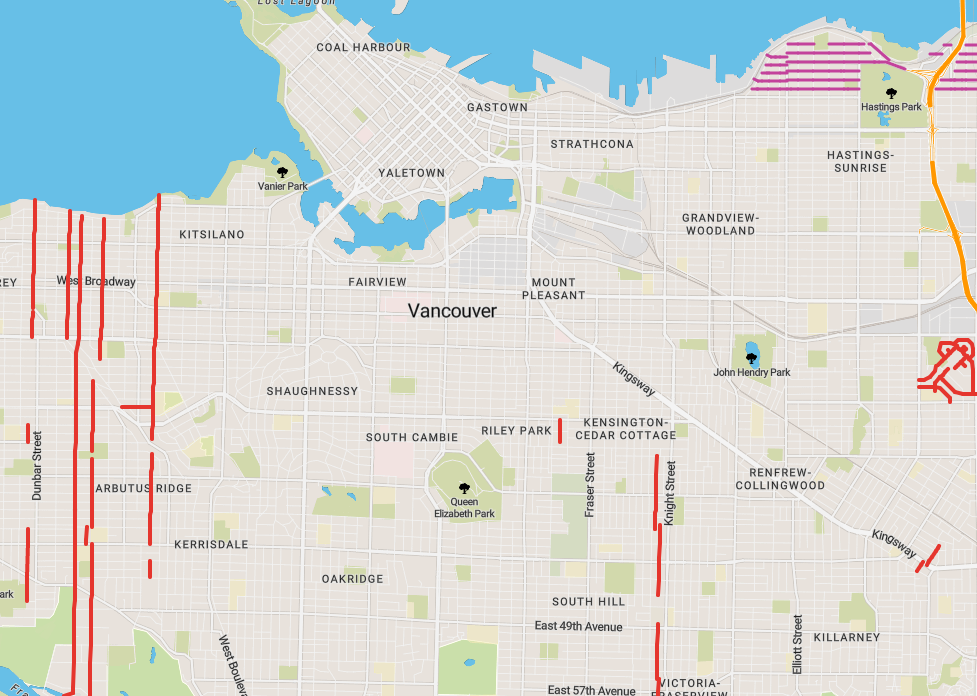
North American Places: 8
Vancouver honoured a few places on this continent as well, including Broadway, named in the hopes it would become the equivalent of the one in New York City,
Ships: 6
The city also has a few things named for things seen on boats or specific vessels, including Haida Drive, which was actually named after a Second World War ship.
Other Indigenous Names: 11
Speaking of Indigenous names, Vancouver has four streets for First Nations with territory far from here (including Mohawk Street), four streets for Indigenous people whose ancestral lands aren’t in Vancouver (including War of 1812 hero Tecumseh Avenue), and three streets with anglicized spellings of local Indigenous people or names.
But it has no streets with the actual name of a local Indigenous person.
Global Events We Held: 3
One for the Olympics (Athletes Way) and two for Expo 86 (Expo Boulevard and Canada Place).
Hotels or houses: 7
Sometimes, an old house (Bella-Vista Street) or hotel (New Brighton) was so beloved that a street gets named after it.

Walter Scott: 12
This will take some explaining.
A guy in the city’s engineering department, William B. Young, apparently had a lot of sway. In the 1920s and 1930s there were a lot of new subdivisions, which required a lot of new street names. It seemed like any chance he could, Young would push for streets to be named after the books and characters created by 19th century Scottish novelist Sir Walter Scott.
Twelve of them, to be exact.
Or, put another way, more than the number of streets named for women who lived in Vancouver.
Canadian Historical Figures: 11
Now getting to people a little bit closer to home, occasionally the city named a street after someone associated primarily with Canada, but not necessarily B.C., like Prime Ministers John A. Macdonald, Alexander Mackenzie, and Wilfrid Laurier.
Provinces: 11
These are self-explanatory, and mostly along the same stretch of land between VGH and Mt. Pleasant, though it’s unclear why neither Newfoundland and Labrador nor the Northwest Territories have been given a street in the decades since they were founded.
B.C. Places: 19
These streets, mostly located on the east side of the city, are also fairly self-explanatory.
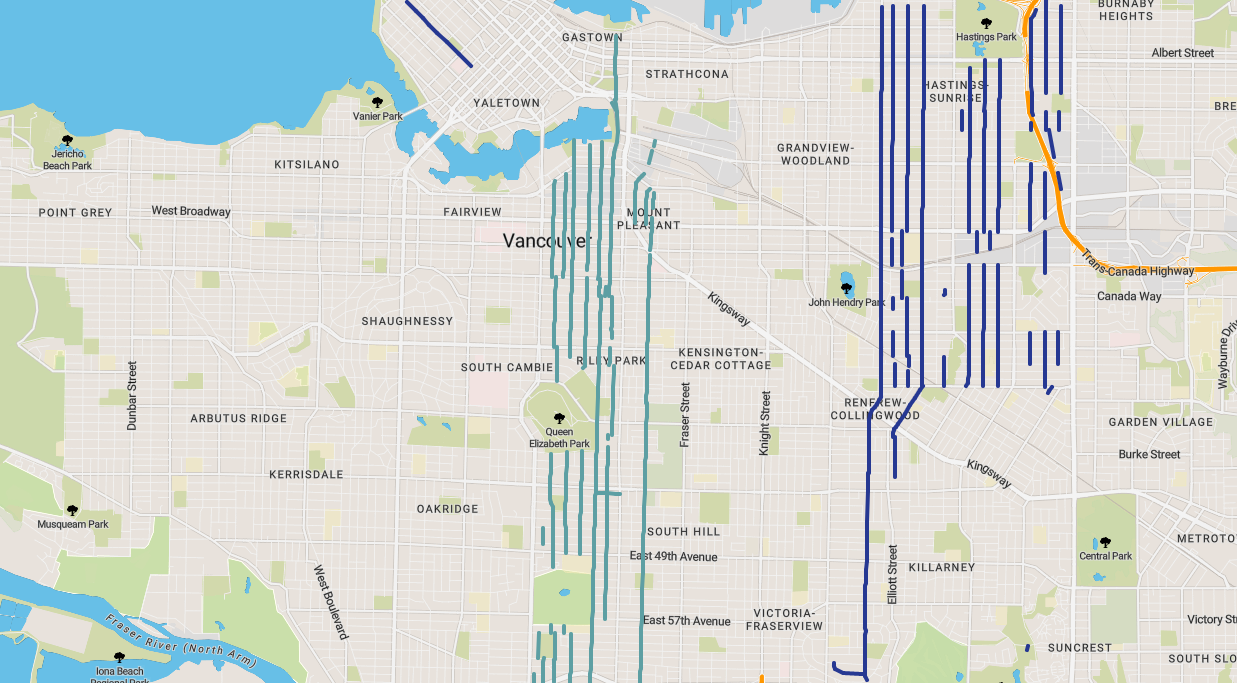
Industry: 22
We also have a lot of things, particularly in False Creek, named in honour of industrial activities we used to do, from Industrial Avenue to Bucketwheel.
Not Bucketwheel Street, not Bucketwheel Avenue. Just Bucketwheel.

Trees and Plants: 38
The CPR surveyor in charge of naming much of the city, Lauchlan Hamilton, wanted all the tree names on CPR lands to go in alphabetical order, but according to lore, he left town for a while after giving his orders, and when he returned, found out his assistants forgot about that while submitting drafts, and it was too late to change things.
And that’s why the stretch of tree names in the centre of Vancouver seemingly has no order to it.
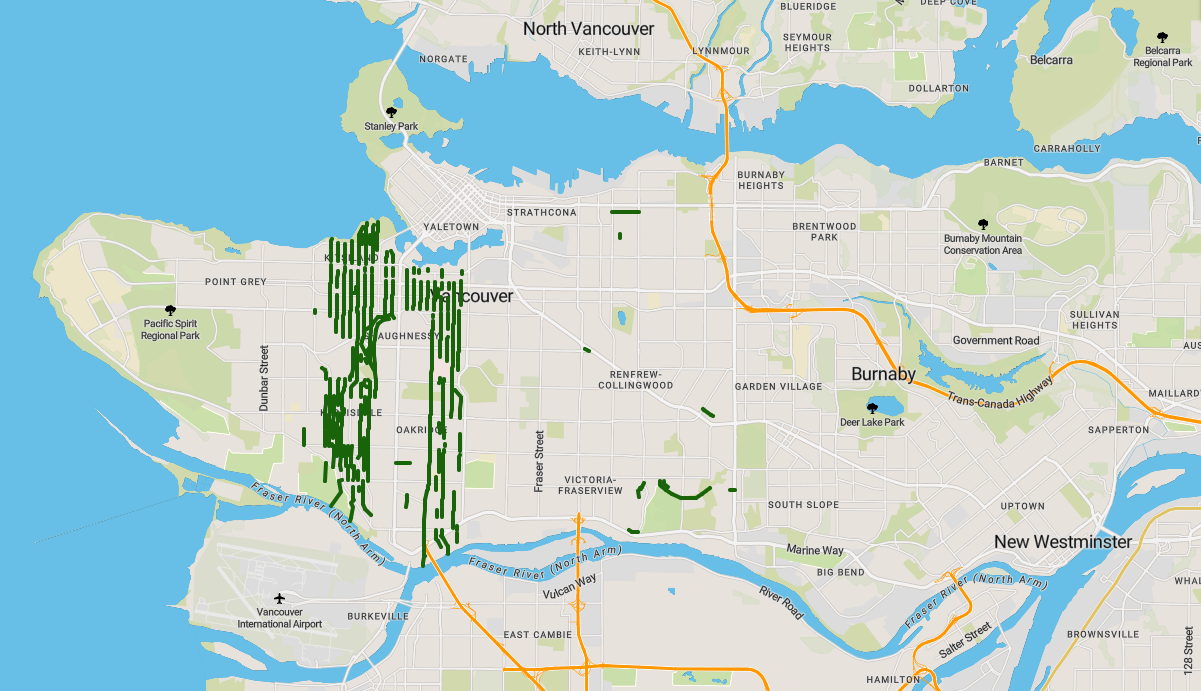
Miscellaneous Things: 7
Finally, there were a few streets that weren’t named after people that frankly were hard to put in any category.
Which leaves us with exactly 200 streets named for people who lived in British Columbia.
Landowners: 46
But many of them are mostly known, a century later, because they owned land when Vancouver was being founded. This was particularly true in South Vancouver, where quite often whomever had a big piece of land next to the road would get a street named after them.
Their lives and professional backgrounds were varied: from Frank Price, a janitor at a local school, to F.M. Chaldecott, a wealthy landowner who also has a park named after him, but only because he gave away 12 acres of land as compensation for not paying taxes.

Railway people: 27
A quick history lesson: when Canadian Pacific Railway agreed to end their country-crossing railroad in Vancouver instead of Port Moody, the province gave them 6,000 acres of land. And for CPR to make money off that land, it needed to be cleared, surveyed, and filled with streets.
And a lot of them ended up being named for employees, or CP Rail directors, or in one case (Marguerite Street) the daughter of the CP chairman. Because that’s a thing you can do when you own a fifth of a city.
Other Engineers/Surveyors: 11
Under the category of "people who were involved in defining how the city was built," are a number of engineers or surveyors who worked for either railways or various levels of governments.
B.C. Politicians: 27
And then there's B.C. politicians. They include 7 MPs, seven premiers, six early lieutenant-governors, and a whole bunch of MLAs.
Some of these street names are now controversial, because of their policies towards Indigenous people or immigrants.
But we'll leave other articles to settle out which ones are more or less worthy than others. They are but one large category of streets in this city...
Civic Politicians: 28
...as are 28 local politicians, including 10 Vancouver mayors...
City/Gov. Officials: 13
And people like school trustees and senior city staff.

Other B.C. Pioneers: 6
Hey, we’re now under 50 streets! These include a few B.C. pioneers that had little to do with Vancouver.
Forestry: 11
And also six people whose biggest claim to fame was chopping down trees for houses and roads, along with five streets named after owners and operators of the Hastings Sawmill.
Miscellaneous People: 11
We also have a few Vancouver people who did things like build ships or found museums, or the wife of a postmaster, and are hard to put in any one category.
Business Owners: 9
There's also a number of business owners who created companies in Vancouver that are still known to this day, like Bentall Street and Rogers Street.
Canucks: 2
Along with the longest-serving owner (Frank Griffiths) and general manager (Pat Quinn) of the Vancouver Canucks, whose names surround Rogers Arena.

Two that aren’t named for people, but are worth highlighting.
Valiant Street
In 1967, Valiant was shot by a murderer who was on the run after escaping prison, becoming the first police dog to be killed in the line of duty in Vancouver.
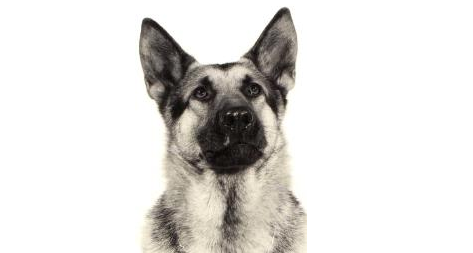
Leg-In-Boot Square
In 1887, a leg and attached boot washed onto False Creek. Police decided to investigate this death in a very rigorous fashion: by hanging the leg and boot up at a station for two weeks, waiting for somebody to claim it.
Nobody did, but 90 years later, we thought that would make a good story for a street name.
It may not be the best explanation. But it certainly is the most unique.
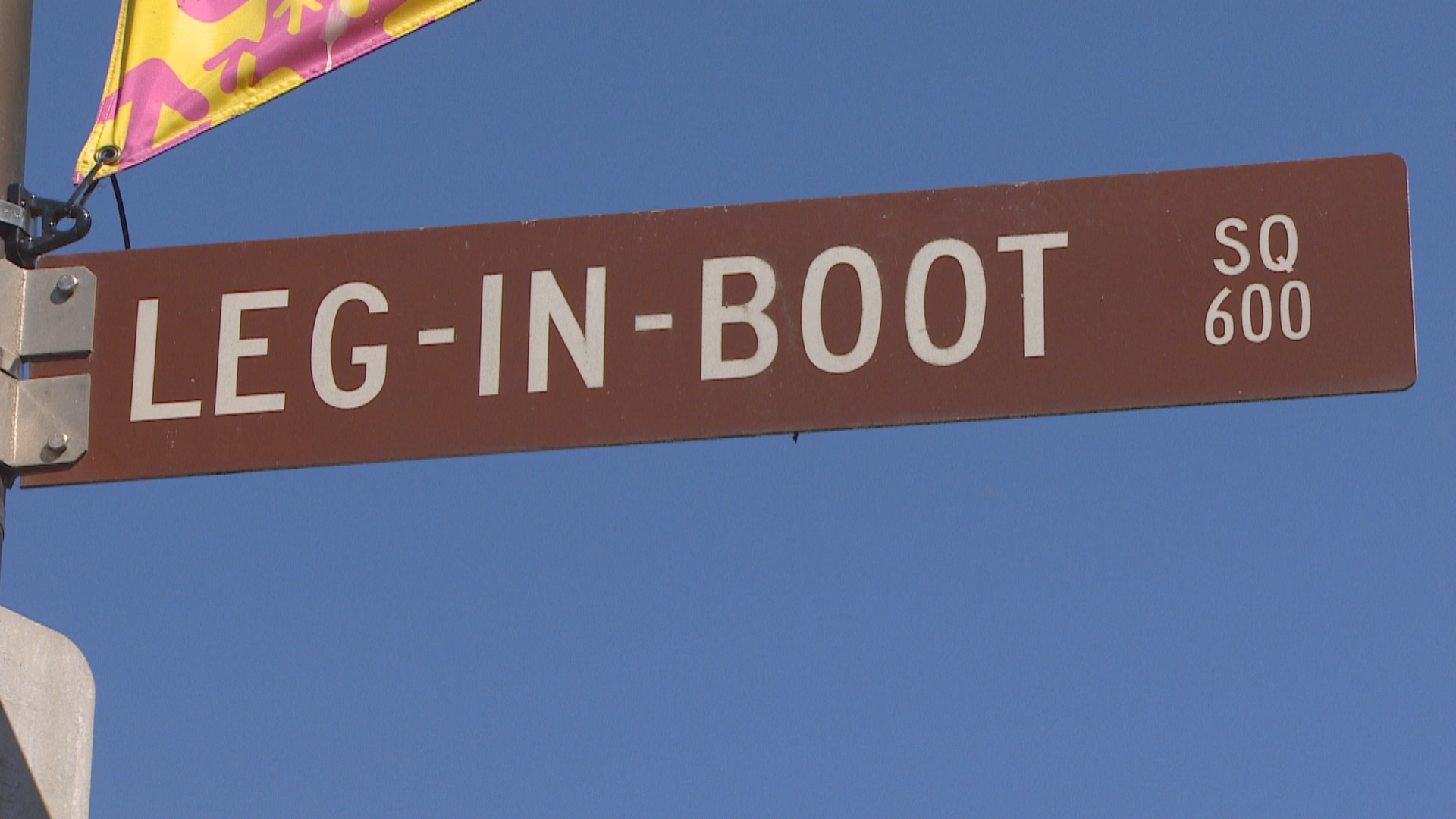
Bentley Street
As a young man, Leopold Bloch-Bauer fled from Austria when the Nazis invaded, and because he was Jewish had his assets seized, and according to the New York Times "sold for a fraction of its value to a Nazi sympathizer."
He moved to Vancouver, changed his last name to Bentley, had a street named for the road that led to his sawmill, the beginning of a small forest company that grew up to become forestry giant Canfor.
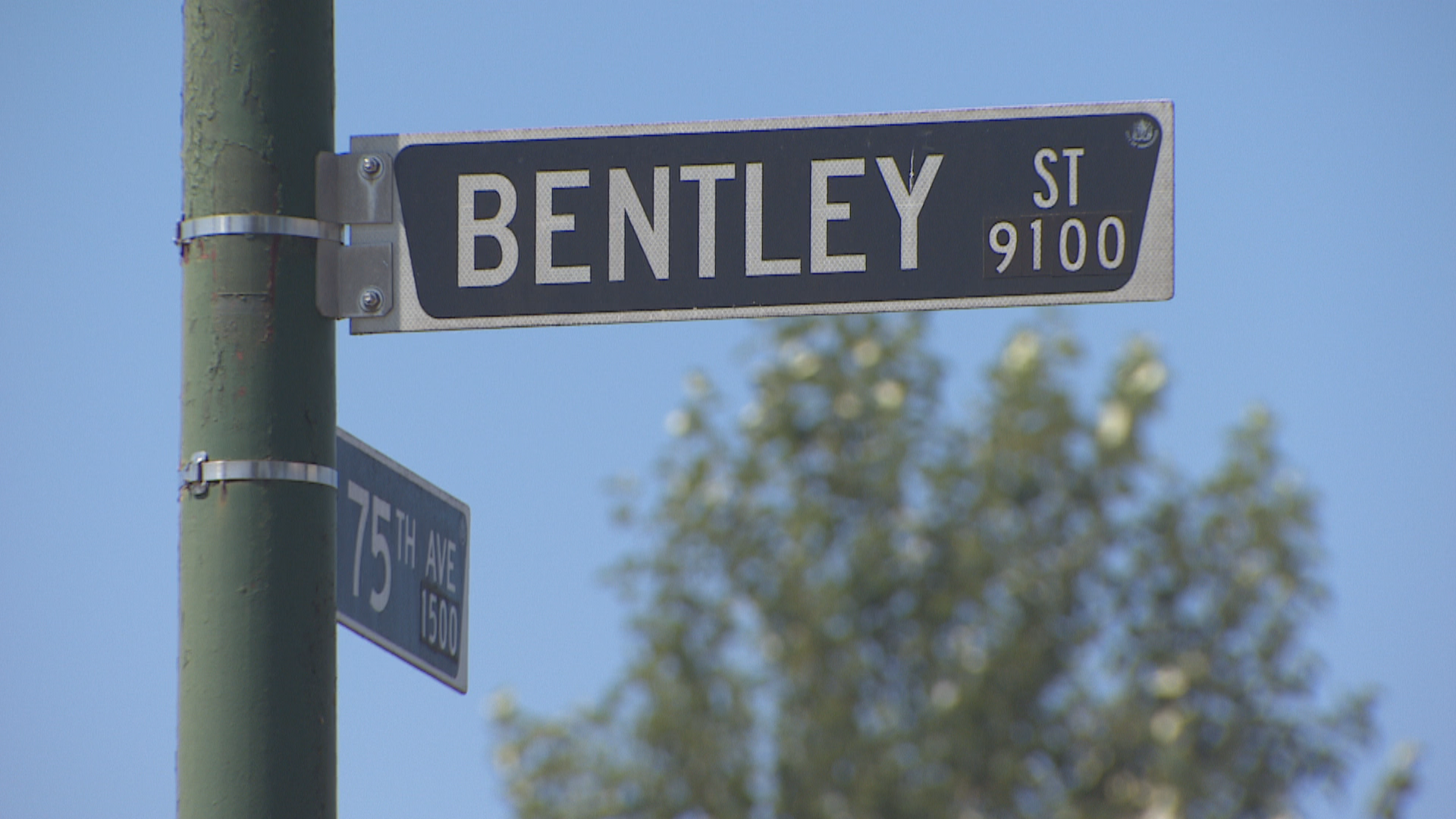
Jack Uppal Street
Jack Uppal was a philanthropist and business leader who came to B.C. as a baby in 1926, and dropped out of school at 13 to help provide for his family.
Like many South Asian immigrants at the time, he joined the lumber industry and went on to own Goldwood Industries on Mitchell Island, one of the oldest sawmills in B.C. He has been credited with uniting his community and fighting discrimination.
Located near Mitchell Island, Vancouver council created Jack Uppal Street in 2016 — the first street in Vancouver directly named for a South Asian person.
Frances Street
Fanny Dalrymple Redmond, better known as Sister Frances, was Vancouver's first public health nurse and directed B.C.'s original training school for nurses.
She also co-founded St. Luke's, one of Vancouver's first hospitals, and according to The History of Metropolitan Vancouver, was called the "Florence Nightingale of the City" for her work during the smallpox epidemic of the 1890s.

Rolston Street
Tilly Jean Rolston is probably best known as the first women in Canada to become a cabinet minister with a portfolio, becoming B.C.'s Education Minister in 1952.
Before entering politics, Rolston was the president of the Vancouver Council of Women. (Vancouver Archives)
But she also introduced the province's first comprehensive sex-ed education and created a new school funding formula that reduced the financial burden of municipalities. Prior to going into politics, she was a director of the PNE, and founding chair of Theatre Under the Stars.
Samuel Greer
Samuel Greer owned land next to Kits Beach, but the government gave it to CP Rail as part of 6,000 acres bequeathed to them for building the railway terminus in Vancouver.
But Greer refused to leave the land, so the government sent a sheriff to arrest him. Greer shot the sheriff (who survived) before eventually being arrested. He lost his land, but lived for another 35 years.
His nickname was Gritty, over 100 years before that was cool, and a one-block street in the area where he once owned land was named in his honour four years after his death.
Worthington Place and Drive
And finally, there is Worthington Drive and Worthington Place — one of the few places in Vancouver where a seemingly duplicate name is for two separate people.
Lt.-Col. Douglas Grant Worthington and Maj. John Robert Worthington were brothers in the 28th Armoured Regiment of the 4th Canadian Brigade, landing in Normandy on July 28, 1944. Their regiment took part in a series of battles after D-Day to fortify Allied positions in France.
Douglas died on August 9, likely during Operation Totalize. John died on August 18, likely during the Battle of the Falaise Pocket.
Four years later, Vancouver council approved naming two streets after the battles, side by side, next to Falaise Park near Rupert Street in East Vancouver.
